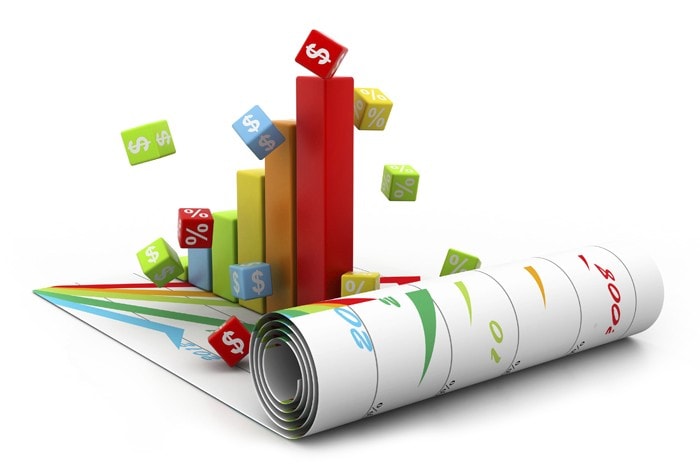The Underground Economy Part 1 – The Hidden Tax
By: Carl Hammersburg, Government Fraud Solutions Specialist, SAS
The issues of the underground economy and employee misclassification are driving a multi-billion dollar hole in collection of GST, PST, unemployment, workers’ compensation and income taxes every year. Yet significant questions remain about how big the problem is, as well as what should be done about it. Dire lessons can be learned from countries that have allowed tax evasion to become the norm. With estimates of rates ranging from 30-48% in countries like Greece, Italy and Romania, it isn’t surprising that the remaining tax base is completely insufficient to keep government afloat.
With a budget and population nearly twice the size, the gap could be $1.4 Billion annually or more.
While Canada doesn’t rise to those levels, and is generally considered to have somewhat better rates than the U.S. when it comes to fraud as well as businesses evading obligations, including taxes, the gap raises a number of significant issues:
·Failure by individual businesses, and in fact, large portions of entire industries, to appropriately report and pay taxes results in a revenue gap forcing cuts in services or other significant decisions.The latest report from Ontario showing a gap of $509 million is a great example of this issue.
·When businesses don’t contribute to age security pension, unemployment or workers’ compensation coverage, as well as failing to follow health and safety rules, their employees are put at risk of bodily and financial harm. This can result in a long-term drag on other social services, exacerbating the financial gap noted above.
·A business that fails to pay local, provincial and national taxes can gain a cost advantage of 30-40% over their honest counterparts. Within some industries that have tight margins, like restaurants or groceries, that can be the difference between continuing to operate and bankruptcy. In other industries, where there is bidding and price competition, ranging from construction to janitorial services, they undercut legitimate competitors and win the work.
·As the title implies, there is another impact – the firms that don’t pay into these taxes and provide coverage like unemployment and workers’ compensation end up raising the tax rates for all the others.This “hidden tax” is something that states in the U.S. are starting to study and pay more attention to as they address the underground economy. One way to think of this is the same way that studies from the insurance industry show that fraud is increasing our auto insurance rates by 10% overall, and higher in some areas.
Within the U.S., the Internal Revenue Service (IRS) publishes a study on the “tax gap” every 5 years. The last study, released in 2012, showed a total gap of 16.9%. In other words, only 83.1% of income taxes were reported and paid. Not surprisingly, compliance rates were much higher among individuals that drew regular paychecks working for a separately-owned company that reported those to the government. The worst compliance rates were amongst self-employed businesses and farms.
During my time with the underground economy task force in Washington State, we utilized the methodology from the IRS to estimate our own gaps, just looking at business revenue and income taxes, unemployment and workers’ compensation. Net underreporting stood at $704 million annually. With a budget and population nearly twice the size, the gap could be $1.4 Billion annually or more. At the same time, we all knew this was underestimating the size and scope of the problem.
This background definitely leads to more questions – what are the problems, and where do they stem from? What can government do to help stem the tide? In the next two parts of this blog series, I will address those areas as well. In the meantime, please follow me on Twitter @CarlHammersburg and join the conversation.

